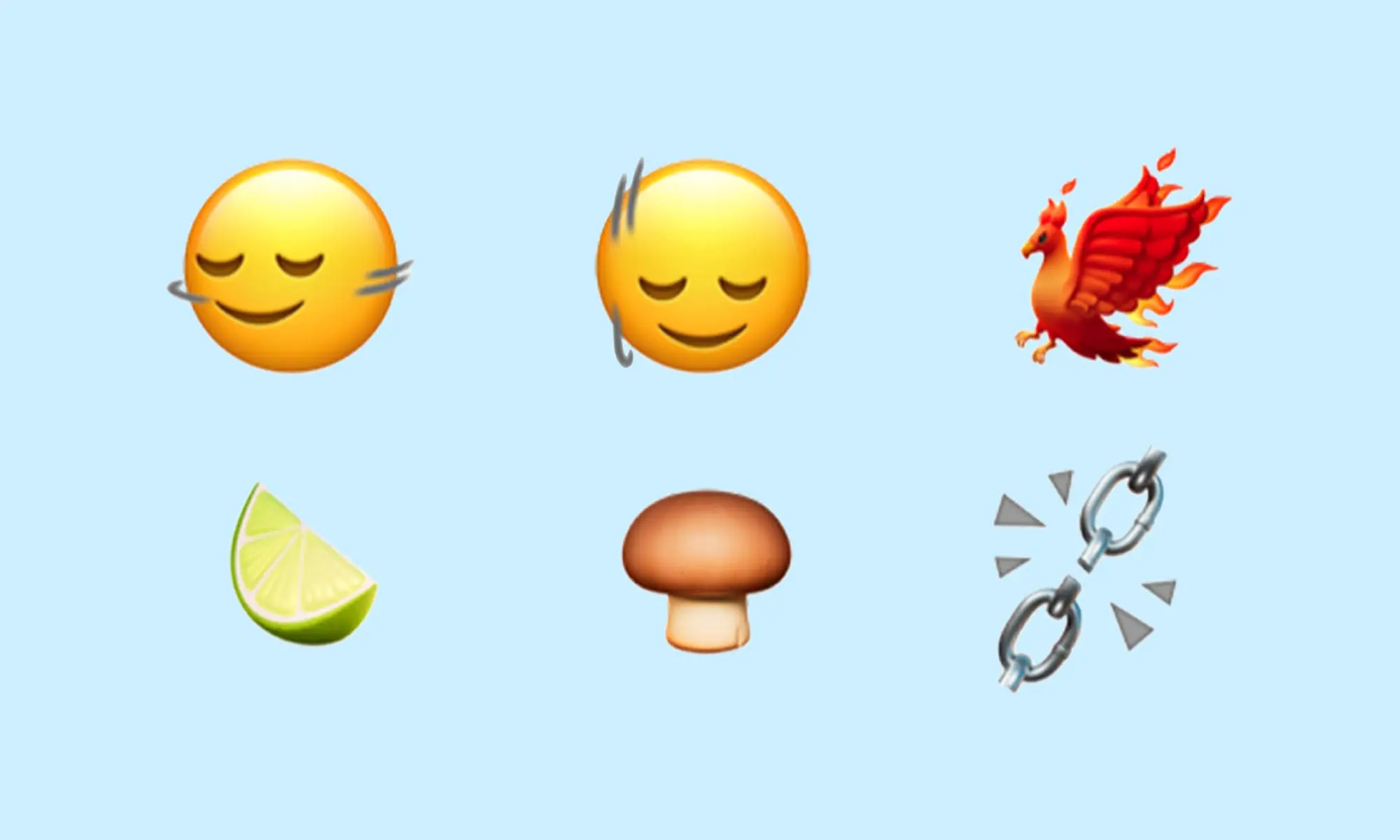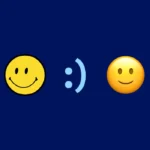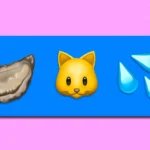The Role of Unicode Consortium in Emoji Creation
The Unicode Consortium, a non-profit organization founded in 1991, serves as the ultimate authority behind the development and maintenance of the Unicode Standard. This universal standard ensures that text, symbols, and emojis are displayed consistently across various devices, platforms, and languages around the globe. While emojis represent just a fraction of Unicode’s comprehensive mission, they have emerged as its most visible and culturally significant product.
Every year, the Consortium undertakes a meticulous review process to evaluate and approve proposals for new emojis. This responsibility primarily lies with the Emoji Subcommittee, a specialized team within Unicode dedicated to analyzing proposals, discussing cultural relevance, and deciding which submissions meet the established criteria for inclusion.
Emojis have become an integral part of digital communication, helping to bridge linguistic and cultural divides. The work of the Unicode Consortium ensures that emojis remain a universal medium of expression, evolving alongside societal changes.
How Emoji Proposals Work
Submitting an Idea
Submitting a new emoji proposal to the Unicode Consortium is an open process—anyone can contribute. However, a successful submission requires a well-prepared proposal that meets the stringent requirements of the Consortium. Proposers need to include several critical elements:
- Rationale: A clear explanation of why the emoji is necessary. The proposal must articulate its cultural, societal, or practical significance.
- Evidence of Demand: Demonstrating anticipated popularity is key. Proposals often include data from social media trends, search engine statistics, or surveys highlighting public interest.
- Compatibility: Proposers must address whether similar symbols already exist and explain how the new emoji fills a gap.
Criteria for Approval
The Unicode Consortium evaluates proposals using specific guidelines to ensure emojis serve broad and meaningful purposes. Key criteria include:
- Expected Usage: The emoji should have a high likelihood of widespread use across various demographics and contexts.
- Distinctiveness: It must be visually and conceptually unique, avoiding redundancy with existing emojis.
- Open-Ended Potential: Emojis should be versatile and applicable in multiple situations, rather than limited to niche contexts.
- Cultural Sensitivity: Proposals that inadvertently reinforce stereotypes or biases are likely to be rejected.
Examples of Well-Prepared Proposals
Successful proposals often go beyond the basic requirements. For instance, the campaign for the ‘period emoji’ highlighted its potential social impact, while the addition of the ‘pride flag emoji’ was backed by extensive advocacy and community support.
Who Decides Which Emojis Get Approved?
The Unicode Consortium’s decision-making process involves collaboration among a diverse group of stakeholders. Corporate members, including tech giants like Apple, Google, and Microsoft, participate in discussions alongside individual contributors and experts. The Emoji Subcommittee carefully reviews proposals and provides recommendations, which are then voted on during Unicode Technical Committee meetings.
Corporate members play a significant role, as their platforms implement emojis directly. However, the Consortium’s governance structure is designed to maintain balance, ensuring societal benefit takes precedence over commercial interests.
Designing a New Emoji
Once an emoji proposal receives approval, the focus shifts to its design and implementation. Unicode provides an initial monochrome glyph to establish the basic appearance. From there, individual companies, such as Apple, Samsung, and WhatsApp, adapt the design to fit their unique visual style.
Challenges in Emoji Design
Creating visually appealing and culturally inclusive emojis requires careful consideration. Designers must strike a balance between simplicity and detail, ensuring the emoji is recognizable at small sizes. Inclusivity is another critical factor; for instance, emojis representing people now include skin tone options and gender variations, reflecting the diversity of global users.
Cultural Sensitivity and Adaptation
Design teams must also address cultural nuances to avoid misinterpretation. An emoji’s meaning can vary significantly across regions, making it essential to consider different perspectives during the design process.
The Timeline: From Proposal to Your Keyboard
Step 1: Proposal Submission
The journey begins with the submission of a detailed proposal, typically during the annual submission window in the spring. Proposers often spend months preparing their submissions to ensure they meet the criteria.
Step 2: Review and Feedback
The Emoji Subcommittee evaluates the proposal, providing feedback and suggestions for improvement. This iterative process ensures the proposal addresses potential gaps or concerns before moving forward.
Step 3: Approval and Standardization
Once approved, the new emoji is incorporated into the Unicode Standard during the annual update, usually announced in the fall. At this stage, the emoji becomes official but is not yet available on devices.
Step 4: Implementation by Platforms
Platform-specific implementations follow. Tech companies design their versions of the emoji, test them for functionality, and include them in software updates. This phase can take several months, as companies aim to align their designs with the Unicode guidelines while preserving their brand identity.
Step 5: Public Rollout
Finally, the new emoji reaches users through software updates. Adoption rates vary depending on the platform, but once integrated, the emoji becomes a part of everyday digital communication.
Why Some Emoji Proposals Fail
Not every emoji proposal succeeds. Common reasons for rejection include:
- Insufficient Demand: Proposals tied to obscure or niche topics often fail to demonstrate broad appeal.
- Redundancy: If a proposed emoji closely resembles an existing one, it may be deemed unnecessary.
- Cultural Concerns: Proposals that inadvertently perpetuate stereotypes or contain cultural insensitivity are rejected outright.
Rejections are not the end of the road for all ideas. Many proposals are revised and resubmitted in subsequent years with stronger arguments and improved data.
Case Studies: Iconic Emojis and Their Stories
The Period Emoji (🩸)
The period emoji was introduced following an extensive campaign by Plan International UK. Advocates emphasized its potential to normalize conversations about menstruation, making it a powerful tool for breaking societal taboos. The proposal’s success lay in its compelling narrative and data-driven arguments.
The Pride Flag Emoji (🏳️🌈)
The pride flag emoji represents a milestone in the recognition of LGBTQ+ rights. The proposal highlighted its importance as a symbol of inclusion and community solidarity. Backed by extensive advocacy, it became a celebrated addition to the Unicode Standard in 2016.
The Handshake Emoji (🤝)
A more recent example is the multi-skin-tone handshake emoji, introduced to promote diversity and unity. The proposal required extensive technical adjustments to enable combinations of different skin tones, showcasing the complexity involved in modern emoji creation.
The Future of Emoji Creation
As digital communication evolves, so too does the potential for new emojis. Future developments may include:
- AI-Driven Innovation: Artificial intelligence could analyze global trends to identify potential emoji ideas, streamlining the proposal process.
- Interactive and Animated Emojis: Emerging technologies may enable dynamic emojis that change based on user input or context.
- Expanded Representation: As the world becomes increasingly interconnected, the demand for culturally specific and inclusive emojis will grow.
Advances in AR and VR could also transform how we use emojis, integrating them into immersive digital experiences. These innovations will further solidify emojis as a cornerstone of modern communication.
Conclusion: More Than Just Symbols
The creation of new emojis is a multifaceted process that blends technology, culture, and art. Behind each emoji lies a story of advocacy, collaboration, and meticulous design. As society continues to change, emojis will adapt to reflect our shared values and experiences. Their evolution serves as a reminder of the power of visual communication in bringing people together across languages and cultures.


